|
Last week, I showed you the set-up of my little experiment with underside couching. Today, I'll show you the exciting results. Show exciting results? Hmm, you probably need to take my word for it. This is goldwork after all and it does not photograph well. But first I need to make a confession. When I first experimented with underside couching for the epigraphy conference early last year, I took a thicker piece of chevron woven silk as my base. You can read all about my stitching nightmare here. The bottom line was that I needed a rather strong/thick 3-ply linen thread for the stitching. This made the back of my sample rock-solid and hard to stitch through when ending my threads. I thus concluded that you would always need a rather thick 3-ply linen thread. The 2-ply linen thread used in the Middle Ages must have been something of a super thread to withstand the force of underside couching. Nope. Wrong. Let me explain: This time, I tested four different types of silk twill, two different types of goldthread and three different types of linen thread. They all worked. I only broke my linen thread once (!). Conclusion: my very first piece of red chevron woven silk was probably not suitable for underside couching. What did I use this time?: - "G" in the pictures stands for Goldschild 40/3 linen thread (3-ply). - "B" stands for Bockens 35/2 linen thread (2-ply). - nameless 26,5/2 bio-linen thread (2-ply) from Egon Heger. - "RG" stands for real gold thread with a silk core (Stech 80/90 from Maurer) - "G" stands for gilt thread with a polyester core (Stech 80/90 from Maurer) - 65, 72 and 103 are the weights of the different silk twills I ordered from Sator - one piece of madder-dyed silk twill lighter in weight than the lightest (red) silk twill from Sator. - #22 chenille needle and 40ct Zweigart Newcastle linen base. I worked two rows with each linen thread, six rows in total for each type of goldthread. As said: all combinations work. However, I do have my preferences. Firstly, the 3-ply Goldschild and 2-ply Bockens linen threads are very round and stiff/hard. They don't compress easily. Whilst this probably is not much of an issue for underside couching, it is with normal couching. The linen thread pushes my goldthreads away from one another. In comes the more loosely plied bio-linen thread from Egon Heger. This thread is flat and compresses easily. Definitely my first choice! Added bonus of the 2-ply versus the 3-ply thread, the back of your embroidery is softer and it is now totally possible to end your threads on the back by weaving them in. The weight and actual weave of the silk twill also plays a major role. Again: it all works. However, the thickest silk twill (103 gms, petrol coloured) is my favourite. The "hills-and-valleys" of the twill weave are very pronounced and can thus be easily followed to accurately space your stitches. This pronounced twill pattern is also seen in the historical pieces and from the drape, you can clearly see that the historical pieces used a heavier weight silk too. The madder-dyed silk and the red silk (65 gms) were okay to work with too. However, I didn't like the blue 72 gms silk as I had trouble stitching back into the same hole. What I liked the best though, is the real goldthread with the real silken core. It is stiffer than the gilt thread with the polyester core. This means that the stitches form a slight arch (see picture above). The embroidery becomes more textured. Just like in the originals. Combine these little arches with the more pronounced "hills-and-valleys" of the thicker silk twill and you come pretty close to the historical pieces (see picture below). In addition, the real goldthread did not stress the silks or my linen thread so much. It was therefore easier to work with. So, why then did we switch from real goldthreads with a real silken core to gilt threads with a polyester core? Costs. Whilst a 10 gr spool of the "fake" thread costs about €14, the same amount of the real deal will set you back at about €64. I can now hear you think "well the difference in the pictures is not THAT spectacular, so why spend the money?". Me answers: but the stitching experience and the results ARE very different and better. It just does not show up well in a photograph. In my ever-quest to get closer and closer to the historical pieces, I have decided to use this real goldthread with the real silken core for the next run of my Medieval Goldwork Course (I hope I can get hold of enough of it). I am pretty sure that I will make a few more converts :).
P.S. For those of you who are EU-citizens, you might want to consider signing the petition for new fundamental rights in Europe, initiated by Ferdinand von Schirach. Thanks!
10 Comments
Darcy Walker
12/4/2021 16:58:27
Just love your explorations. I am signing up for the
Reply
12/4/2021 18:23:37
Thank you, Darcy! It is rather fun to do. And my mistake with the first piece of silk clearly shows that you need to be quite methodical.
Reply
Annemarie Pattis
13/4/2021 09:52:01
Liebe Jessica,
Reply
13/4/2021 10:18:41
Liebe Annemarie,
Reply
Claire de Pourtalès
13/4/2021 10:02:21
Great research! Thank you Jessica for doing so much for our understanding of the art of embroidery!
Reply
It's difficult, particularly for beginners, isn't it, because one feels anxious about the expensive thread, but on the other hand, the cheap stuff is so much harder to work with! I find that to be almost universally true for tools and equipment for any art or craft I've attempted...
Reply
13/4/2021 14:31:32
Indeed Rachel! And there are many teachers out there that don't know about the different qualities. This means that my mailbox regularly overflows with questions. I always know when a new goldwork course is running somewhere in the world. And after a few emails, I know the exact topic too :)!
Reply
Erin
13/4/2021 21:02:39
I Can't wait to see this, I hope I get a spot in the class. :D
Reply
Your comment will be posted after it is approved.
Leave a Reply. |
Want to keep up with my embroidery adventures? Sign up for my weekly Newsletter to get notified of new blogs, courses and workshops!
Liked my blog? Please consider making a donation or becoming a Patron so that I can keep up the good work and my blog ad-free!
Categories
All
Archives
July 2024
|
Contact: info(at)jessicagrimm.com
Copyright Dr Jessica M. Grimm - Mandlweg 3, 82488 Ettal, Deutschland - +49(0)8822 2782219 (Monday, Tuesday, Friday & Saturday 9.00-17.00 CET)
Impressum - Legal Notice - Datenschutzerklärung - Privacy Policy - Webshop ABG - Widerrufsrecht - Disclaimer
Copyright Dr Jessica M. Grimm - Mandlweg 3, 82488 Ettal, Deutschland - +49(0)8822 2782219 (Monday, Tuesday, Friday & Saturday 9.00-17.00 CET)
Impressum - Legal Notice - Datenschutzerklärung - Privacy Policy - Webshop ABG - Widerrufsrecht - Disclaimer

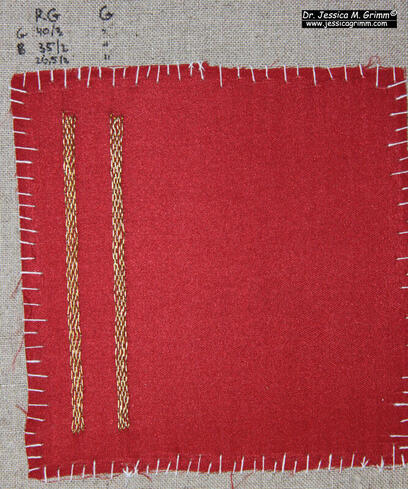
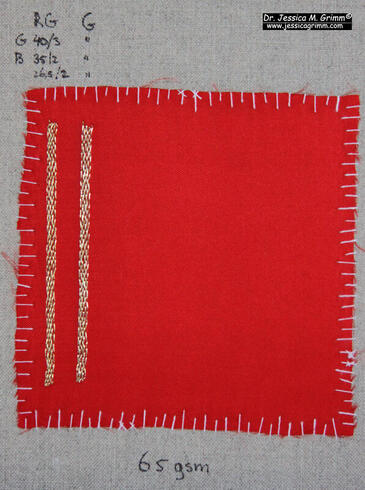
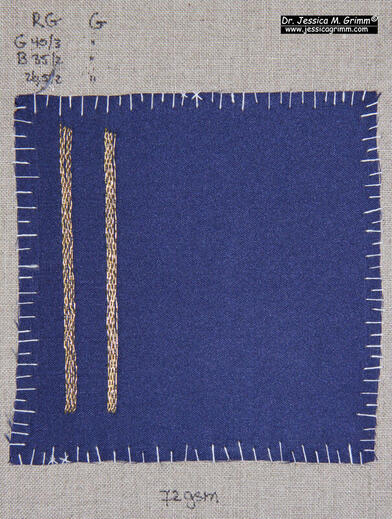
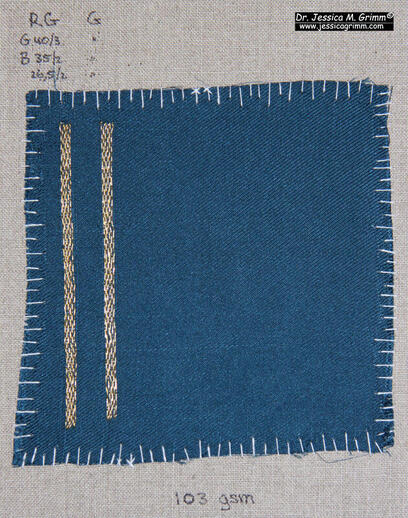
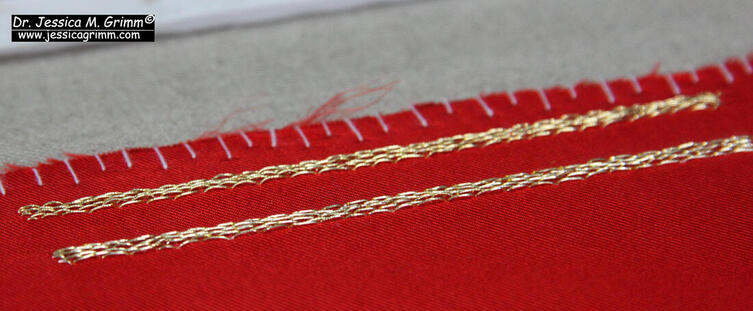
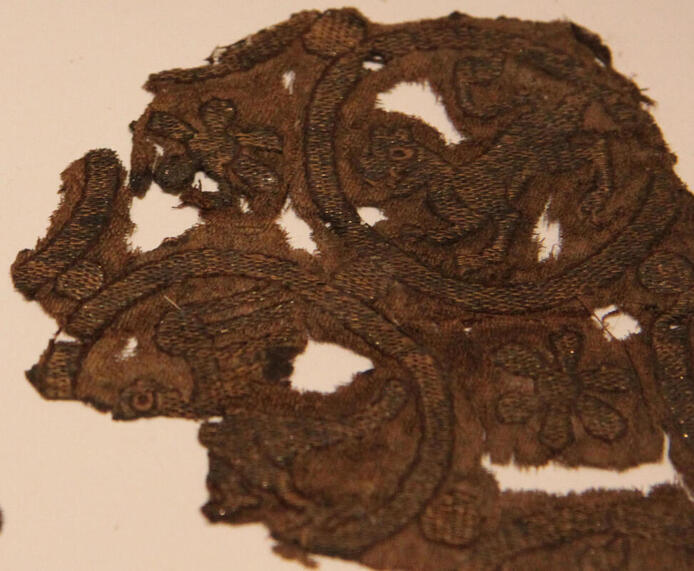





 RSS Feed
RSS Feed